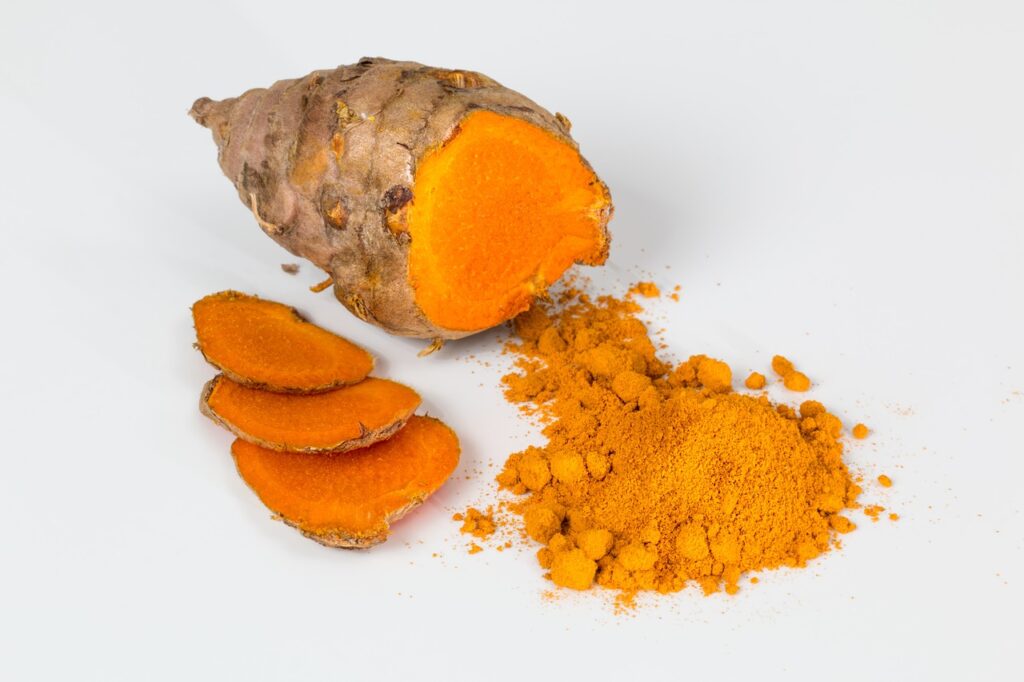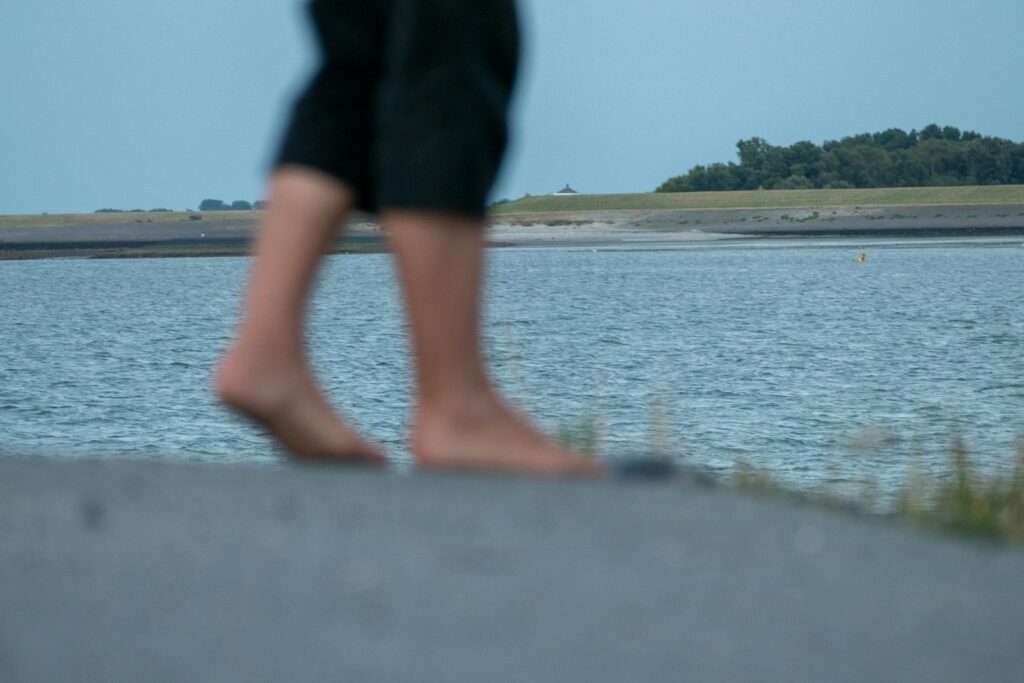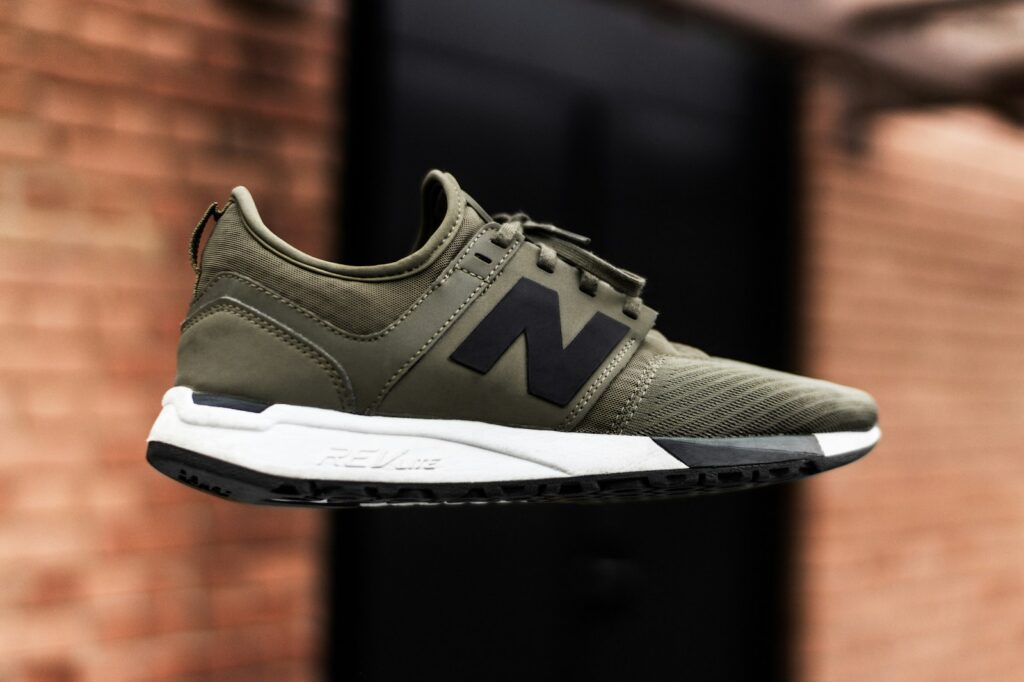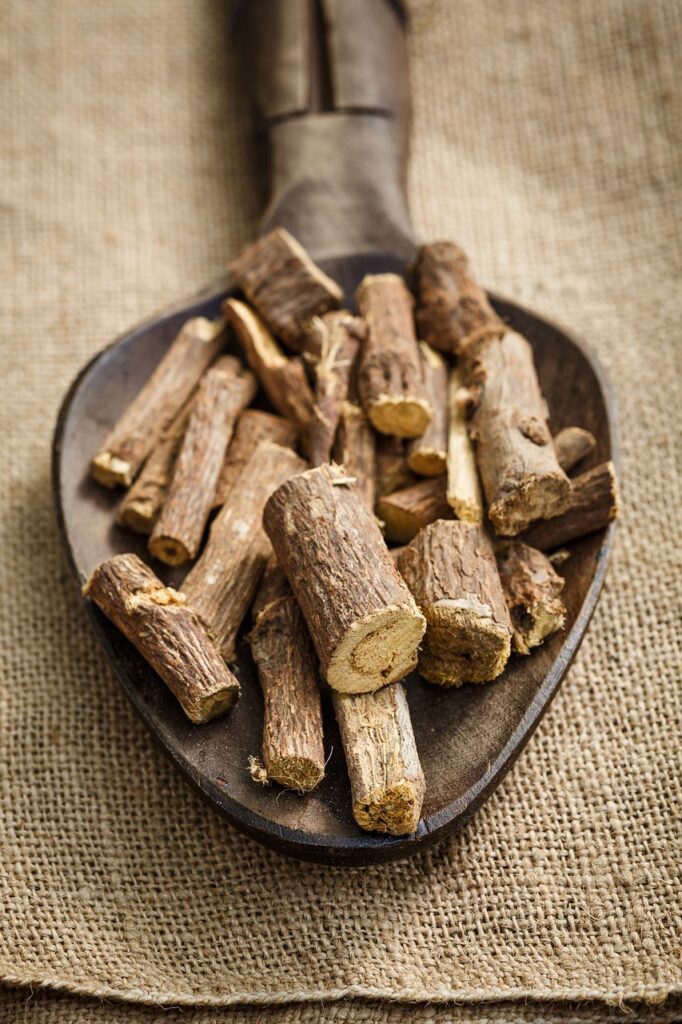Of all of the pains one experiences throughout life, the one caused by plantar fasciitis is probably among the top 5 worst ones.
If you are ready to take matters into your own hadns and use Chinese medicine for plantar fasciitis then this post is exactly what you need. Here are 4 simple steps to treat your plantar fasciitis holistically.
Table of Contents
Quick Overview of Plantar Fasciitis

Plantar fasciitis is the inflammation of the fascia located in the sole of your feet, it is a tough fibrous band of connective tissue (fascia) that goes from your heel bone (the calcaneus) to the base of the toes.
Your plantar fascia helps keep the arch of the foot and has a special role in the mechanics of walking. Plantar fasciitis happens when the foot has been put into constant and prolonged tension beyond your foot’s ability to recover.
Some examples are beginning a new and excessive running program, carrying excessive weight, and standing or running on uneven surfaces directly impacting your heel and sole.
Chinese medicine sees plantar fasciitis usually as an issue of accumulation of Damp-Heat and/or a stagnation of Qi and Blood.
If you want to know what do Dampness and Heat mean check out this article.
Now let’s see what steps you can take to use Chinese medicine for plantar fasciitis and relieve the pain.
Chinese Medicine for Plantar Fasciitis Step 1: UseAcupuncture

Acupuncture helps with pain management and also promotes the movement of Blood and Qi bringing nutrients to repair the damaged tissue and solving the energy blockages that may be causing pain.
The aim when selecting the acupuncture points for plantar fasciitis is to use those points that relieve pain, mobilize Blood and Qi, and strengthen the Kidney as it is in charge of the bones and peripheric nerves.
Here are some Acupuncture points you can use to treat your Plantar Fasciitis:
Pericardium 7 (Daling):

Located on the wrist crease, between the two tendons you see when clenching the fist, level with the metacarpal bones. This point has been identified as having a specific effect on heel pain.
Bladder 60 (Kunlun):

The so-called ‘Aspirin Point’ for its amazing analgesic properties. Located behind the outer ankle, 1 cun behind the tip of the ankle, in a depression between the ankle and the Achilles tendon. This point helps relieve heel pain and tension in the foot.
Stomach 36 (Zusanli):

Located in your leg, three cun below the kneecap and one cun lateral to the tip of the tibia. You can find it by placing your hand over your knee so that your wrist lays on the upper edge of the kneecap, placing your ring finger on the tip of the tibia, and relaxing your fingers, Stomach 36 is located where your ring finger lies. This point is known for its ability to improve overall circulation and reduce inflammation.
Liver 3 (Taichong):

Situated on the dorsum of the foot, in the groove where the metatarsal bones of the first and second toe join. This is a crucial point for mobilizing Blood.
Kidney 3 (Taixi):

Located on the inner leg, midway between the tip of the inner ankle and the Achilles tendon, it strengthens the Kidneys.
Massage each point for three to five minutes every day, for better results go to a TCM clinic for acupuncture treatment.
Chinese Medicine for Plantar Fasciitis Step 2: Herbal Medicine
The Next step in treating your plantar fasciitis using Traditional Chinese Medicine is to invest in herbal medicine. The main aim of herbal medicine is similar to that of acupuncture: to help mobilize the Qi and Blood, dispelling Damp Heat, and tonifying the Liver and Kidneys.
Here are some herbal remedies for Plantar Fasciitis:
Turmeric

Active Compound: Curcumin.
Benefits: Turmeric has potent anti-inflammatory effects and can help alleviate pain and swelling in the plantar fascia. It can be taken as a supplement or added to meals.
Willow Bark
Benefits: Contains salicin, which has pain-relieving and anti-inflammatory properties similar to aspirin. It can be effective in reducing pain associated with plantar fasciitis.
Licorice Root
Benefits: Often used in TCM for its anti-inflammatory and soothing properties, licorice root can help support overall healing in cases of plantar fasciitis.
Chinese Herbal Ointments
Ingredients: Commonly used herbs include Rehmannia root, achyranthes, eucommia, and angelica.
Other herbs like Chinese yam, Tangerine peel, and Coix seeds are also useful.
Chinese Medicine for Plantar Fasciitis Step 3: Feet Bath
This one is my favorite and maybe yours as well. We all enjoy one good warm feet bath after a very long and busy day. Well, now you can enjoy it while leveraging it for your treatment of plantar fasciitis. When doing the feet bath you will add some herbs to the water for them to act and help you with your problem.
TCM Foot Bath Recipe for Plantar Fasciitis
Ingredients
- Epsom Salt: 1 cup: Helps reduce inflammation and relax muscles.
- Ginger: 1-2 tablespoons of freshly grated ginger or 1-2 bags of ginger tea: Known for its warming properties and ability to improve circulation.
- Include some Chinese Herbal Medicine:
- Angelica Sinensis (Dong Quai): 1 tablespoon (optional)
- Licorice Root (Gan Cao): 1 tablespoon (optional)
These herbs can help nourish the blood and promote healing.
Warm Water: Enough to fill a basin or tub to cover your feet.
Instructions
- Prepare the Ingredients: If using fresh ginger, grate it finely. If using herbal medicine, you can find these in dried form at an herbal shop or online.
- Boil Water: In a pot, bring about 4 cups of water to a boil. Add the grated ginger and any herbal ingredients if using.
- Steep: Let the mixture steep for about 10-15 minutes to extract the beneficial properties of the herbs.
- Combine with Warm Water: Strain the ginger and herbs, then pour the infusion into a basin filled with warm water. Ensure the water is at a comfortable temperature for soaking your feet.
- Soak Your Feet: Immerse your feet in the foot bath for 20-30 minutes. You can do this once or twice daily, depending on your comfort and need.
- Dry and Rest: After soaking, dry your feet thoroughly and rest them. Consider gently stretching your feet and calves afterward to enhance the benefits.
Feels tempting to only do this step, right?
But the treasure is in the compounding effect and cumulative effort of all the steps.
Chinese Medicine for Plantar Fasciitis Step 4: Barefoot Walking

You got your acupuncture done and feel great, you are supplementing with herbs, taking your tangerine peel tea which will also help you lose weight, you enjoying a refreshing and medicinal foot bath.
Now it’s time to do something hard but rewarding over the long haul.
Barefoot walking has been one of those things that has improved my foot health without me noticing it.
It is kind of a fad in the fitness world currently, but barefoot walking will immensely benefit your life if you suffer from plantar fasciitis.
How, you ask?
Walking barefoot on the ground will make your feet muscles stronger, and the tissue on the soles of your feet will become stronger and will protect you better from impacts and direct aggressions to the plantar fascia. I suffer from painful heel spurs which is the cousin of plantar fasciitis, and walking barefoot has allowed me to live pain-free for long periods.
The issue lies that most of our shoes have an unnecessary amount of cushioning, some even being a couple of inches high. This then takes the function of having to stabilize your body from the muscles and tendons of your feet, which in turn weakens your feet making them more prone to suffering plantar fasciitis.

How to Progress Into Barefoot Walking
If you happen to have been using cushioned shoes for a long time and find barefoot walking especially painful you must take some steps first to condition your feet for barefoot walking. Here are some steps for that:
Wear less cushioned shoes or hard-soled shoes:
Start by wearing shoes that have less cushioning. Progress until you can comfortably wear flat-footed shoes and even flip-flops which is the next step.
Wear more flip-flops around the house:

These flip-flops have to be flat and preferably made out of a hard material so that the cushioning is minimal. This will be your conditioning for finally going barefoot.
Sandals work too.
Go barefoot for little bouts of time:
Start by taking a 5-minute walk barefoot. Keep going until you start feeling considerable pain. Then return to using flip-flops or flat-footed shoes. This will train your feet to become stronger and more resilient.
Trust me, this is a life-changer.
Bonus: Further care
Given that I have come to like you, here are two bonus tips for further care.
- Don’t do feet plyometrics until you can walk 3 miles barefoot or with flat-footed shoes. When you start recovering you will feel like the trouble has passed but you still need some more conditioning.
- Enroll yourself in Judo classes: Judo has been shown to help with improving the arch of the foot as well as being a great way to get into shape and meet cool people.
Let me know how it goes for you.
See you in the next post!





0 Comments